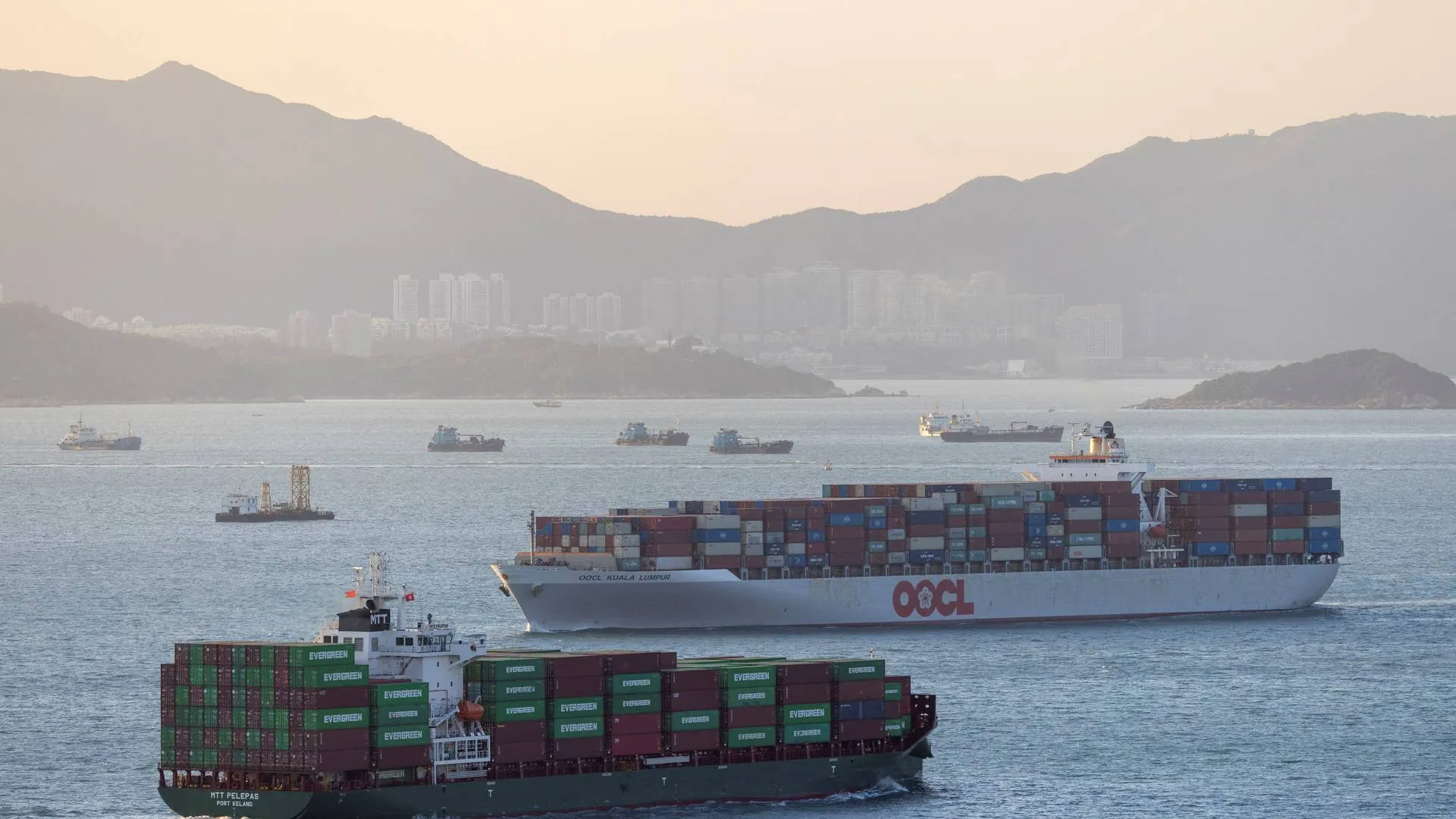The vessel, carrying approximately 1 million barrels of crude oil, suffered a devastating attack on August 21, 2024, when Houthi-launched anti-ship missiles disabled its critical control systems. Thankfully, a French frigate safely evacuated all 29 crew members aboard.
Two days later, the situation deteriorated further when Houthi forces boarded the vessel, detonating explosives across the main decks and bridge, causing more than a dozen fires on board and compromising the tanker’s structural integrity.
Complex Operation Prevents Major Environmental Disaster in Red Sea
With the tanker burning, the U.S. State Department warned of a potential oil spill “four times the size of the Exxon Valdez disaster,” which prompted a massive international response.
The Sounion’s location—well within range of Houthi range—made the salvage operation a unique challenge. Explosive ordnance disposal teams had to clear unexploded devices before salvage could commence. Specialists from around the world were mobilized, with firefighting and towing equipment flown in under expedited diplomatic clearances.
The scale of the effort required advanced tugs from Greece and a flotilla of support vessels, alongside close protection from European Union naval assets.
In mid-September, the salvage flotilla, supported by three EUNAVFOR naval assets and close air support, managed to tow the Sounion to a safe location 150 miles north, where firefighting operations continued.
Over the following three weeks, the fires were extinguished, the cargo tanks were patched and inerted, and the tanker was stabilized. By early October, the vessel was towed to Suez, where her cargo was safely offloaded.
In total, the operation brought together over 200 specialists and multiple organizations, including Megatugs Salvage & Towage, Diaplous, Offmain, Fire Aid, Pro Liquid, and Ambipar Response.





